In today’s interconnected world, charities are increasingly expanding their reach beyond borders. However, one of the key challenges they face is effectively managing international donations. Maximizing the value of these donations can be tricky, particularly when it comes to navigating currency exchange rates and payment processing fees. To ensure that as much money as possible goes towards supporting charitable causes, it’s crucial for charities to optimise their international payment strategies.
In this article, we explore how charities can maximise international donations by using smarter currency exchange and payment services.
Understanding Revenue Leakage in International Transactions
When processing international donations, charities often lose money through what is known as “revenue leakage.” This occurs when charities are forced to pay inflated transaction fees or suffer from poor exchange rates when converting foreign currency into local currency.
Explicit Costs: These include obvious charges, such as high transaction fees for international transfers. Charities often unknowingly overpay because the fees are not transparent or they’re not shopping around for the best rates.
Implicit Costs: These are hidden costs that arise from the difference between the interbank exchange rate (the real-time rate at which banks trade currencies) and the exchange rate charities receive during a transfer. Banks or payment processors can add a markup to this rate, further reducing the value of donations.
In the UK, many charities incur unnecessary expenses by accepting suboptimal exchange rates and paying hidden fees. By partnering with international payment solutions that offer transparency and lower costs, charities can retain more funds to support their initiatives.
Why Payment Transparency Matters
Banks and other financial institutions are not legally required to disclose all transaction costs or exchange rate markups. This lack of transparency makes it difficult for charities to assess the real cost of international transactions, especially when dealing with fluctuating currency markets.
To combat this, charities should seek out payment platforms or services that prioritize fee transparency. Some fintech companies and payment platforms specifically designed for nonprofits offer clearer insights into both explicit and implicit costs, allowing charities to budget more effectively and reduce unnecessary spending.
Shopping Around for Better Currency Exchange Rates
Not all financial institutions offer the same rates, so it pays to shop around. Charities should investigate alternative solutions for currency conversion and cross-border payments, rather than relying solely on traditional banks. There are a growing number of fintech solutions that provide more competitive rates and lower fees, allowing charities to maximize donations.
For example, platforms like Wise (formerly TransferWise) or PayPal can offer better exchange rates and reduced transfer fees compared to high-street banks. Using these platforms can prevent charities from losing significant amounts on each international donation.
Building Long-Term Savings with Trusted Platforms
Even small savings on each transaction can accumulate into substantial amounts over time. For charities that frequently receive or make payments across borders, choosing a cost-effective international payment solution can lead to considerable long-term savings.
For example, one UK-based charity switched to a transparent, lower-cost payment platform and saved tens of thousands of pounds annually. These savings were redirected towards the charity’s programs, allowing them to fund additional initiatives and expand their reach.
Optimising International Payments for Payroll, Volunteers, and Events
International donations aren’t the only payments charities have to make. Charities operating globally may also have staff in different countries, volunteers working on the ground, or expenses related to international events and programs. Transferring money for these purposes can be costly if the right solutions aren’t in place.
By using a specialised international payment solution, charities can streamline these transactions and ensure that their operational costs are kept to a minimum. Whether it’s paying staff, reimbursing volunteers, or covering event expenses, every transaction can be made more efficient with the right financial tools.
Choosing the Right International Payment Solution
To maximise international donations and minimize costs, it’s crucial for charities to select the right financial partners. Here are some key features to look for in a payment provider:
Transparent Fees: The provider should clearly disclose all transaction fees and exchange rates upfront.
Competitive Exchange Rates: Ensure that the provider offers near-market rates with minimal markup.
Low Transfer Costs: Look for solutions that charge lower fees for international transfers, particularly for recurring payments.
Ease of Use: The platform should be easy to use, allowing charities to manage donations, payroll, and other payments efficiently.
Charities in the UK can significantly reduce their financial burden and maximise the impact of their donations by choosing more transparent and cost-effective international payment solutions. Reducing revenue leakage and securing better exchange rates are essential steps for any charity looking to extend its reach globally. At JHT Software, we specialise in helping charities optimise their financial processes through custom software solutions that enhance transparency and streamline international payments, ensuring that every pound goes further towards achieving your charitable mission.




